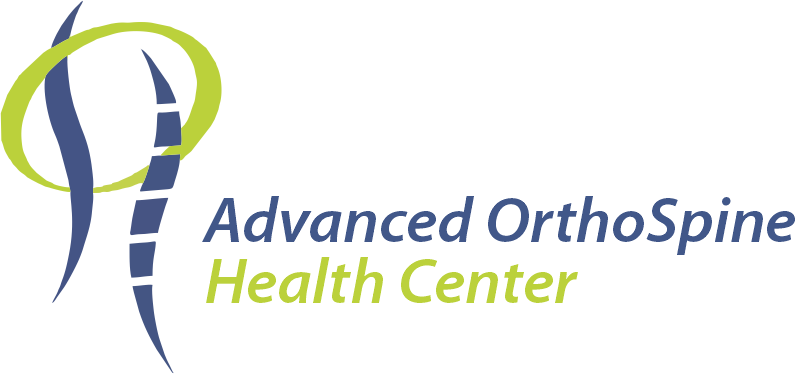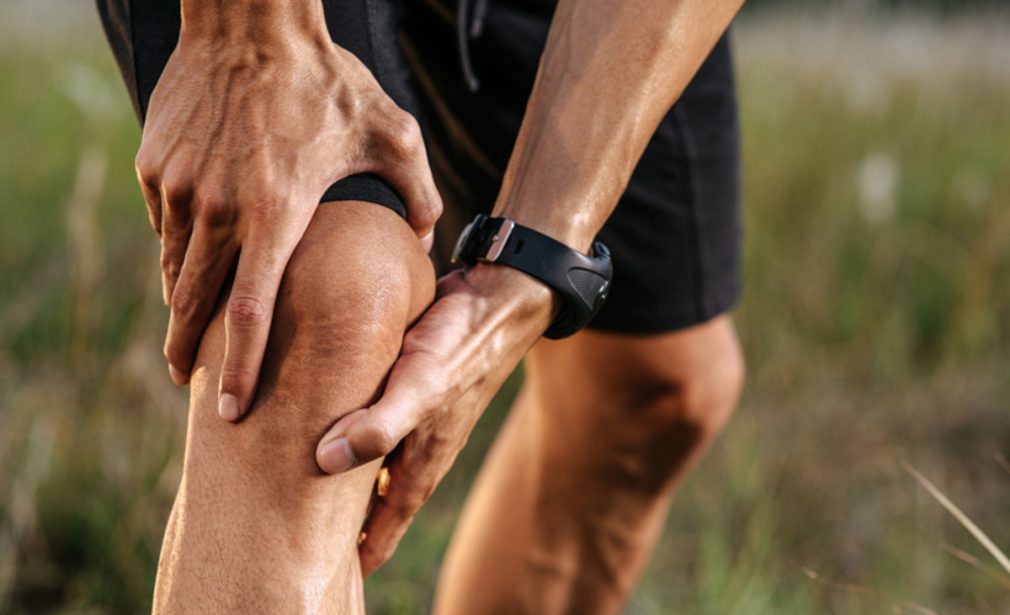What can knee pain feel like?
Knee pain is a complex and common condition that can significantly impact mobility, quality of life, and daily functioning. As a critical joint that bears substantial body weight and enables movement, the knee is susceptible to various conditions that require specialized care and targeted physiotherapeutic interventions.
While it can affect anyone, certain groups of people are more susceptible due to underlying health conditions or lifestyle factors.
While it can affect anyone, certain groups of people are more susceptible due to underlying health conditions or lifestyle factors.
- Athletes and Active Individuals
- People with stiffness or malfunction at hip or ankle joint
- Individuals with Overweight or Obesity
- Occupations Requiring Repetitive Knee Movements
- Adolescents and Young Adults
- Individuals with Pre-Existing Medical Conditions or past injuries
How can physio help you?
Physiotherapy for Knee Pain helps alleviate discomfort, improve joint function, and prevent further issues through a personalized approach, including:
- Pain Management: Modalities like LASER, TECAR, microcurrent Bioenergy stimulation, ice/heat therapy, or manual therapy to reduce inflammation and discomfort.
- Strengthening Exercises: To build muscle support around the knee, improving stability and reducing strain.
- Flexibility and Stretching: Targeting tight muscles and ligaments to enhance mobility and prevent stiffness.
- Gait and Posture Training: Advice on the right foot wear, prescribing insoles,and Correcting walking patterns to minimize stress on the knee.
- Injury Prevention Education: Providing advice on proper movements, footwear, and activity modifications.
If you’re visiting a knee pain clinic in Dubai or need help with an ACL tear treatment Dubai, our team builds a plan that fits your body and recovery pace. We focus on helping you heal safely and gain strength step by step. Whether it’s ACL/MCL injury physiotherapy Dubai or regular knee pain treatment in Dubai, our doctors handle each stage of care with real attention and patience. Every knee specialist in Dubai works closely with patients to bring visible results, making our center known as one of the best knee clinic Dubai options for lasting recovery.
The friendly knee pain doctors Dubai at our Dubai knee pain relief center and Dubai orthopedic knee clinic guide you through easy exercises and recovery routines that match your needs. From follow-ups at knee surgery clinics Dubai to day-to-day knee care Dubai, or even advanced knee joint treatment Dubai, we help you move comfortably and feel stronger again. Our team also supports patients with knee pain management Dubai and trusted orthopedic knee treatment Dubai, so your recovery feels simple, natural, and long-lasting.
Frequently asked questions
The symptoms differ according to the condition.
1. Osteoarthritis Symptoms:
- Gradual pain increase
- Stiffness, especially in mornings
- Reduced range of motion
- Swelling and inflammation
- Grinding or clicking sensations
- Weakness in surrounding muscles
2. Meniscus Tears Symptoms:
- Sharp, sudden pain
- Swelling within 24-48 hours
- Difficulty fully extending knee
- Feeling of knee “locking”
- Instability during movement
- Pain when twisting or rotating
3. Ligament Injuries Symptoms:
- Immediate pain at injury time
- Significant swelling
- Joint instability
- Difficulty bearing weight
- Potential audible “pop” during injury
- Reduced range of motion
4. Patellofemoral Pain Syndrome Symptoms:
- Pain around or behind kneecap
- Increased pain with:
- Climbing stairs
- Sitting for long periods
- Squatting
- Running
- Grinding or clicking sensations
Structural Conditions
- Osteoarthritis
- Rheumatoid Arthritis
- Meniscus Tears
- Ligament Injuries
- Patellofemoral Pain Syndrome
- Tendinitis
- Bursitis
Contributing Factors
- Poor biomechanics
- Obesity
- Muscle imbalances
- Repetitive stress and loading
- Previous injuries
- Poor shoe wear
- Age-related degeneration
- Genetic predisposition
- Mild Conditions: 4-6 weeks
- Moderate Conditions: 3-6 months
- Complex Cases: 6-12 months
- Regular strength training
- Flexibility maintenance
- Proper warm-up techniques
- Weight management
- Appropriate footwear
- Balanced exercise routine
- Regular physiotherapy assessments

